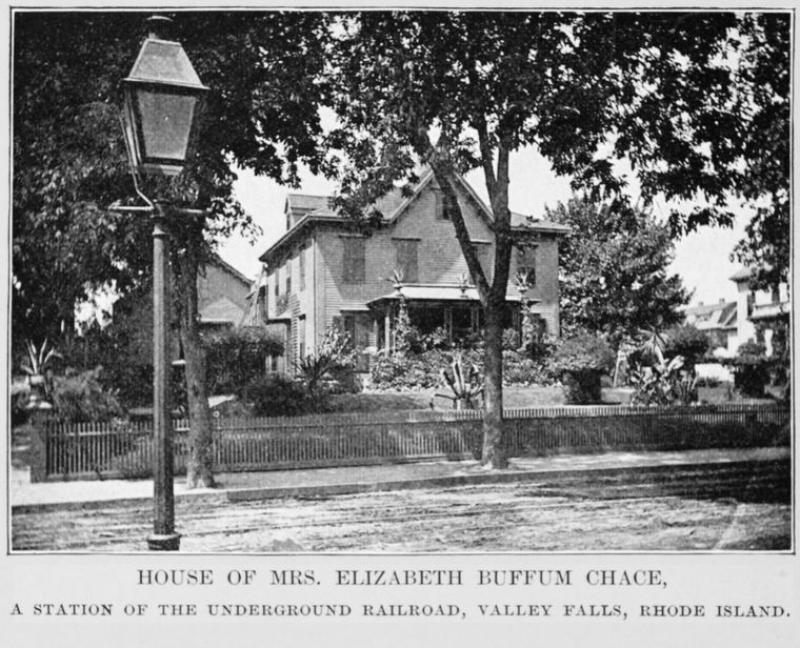The Underground Railroad and the Fugitive Slave Act
Lesson Plan
Created by Kathy Lewis, Launie Shaw, and Kathie Tisher.

Grade:
5
Estimated Duration:
5 days
Objectives:
1. Students will understand the hardships that slaves endured.
2. Students will identify reasons slaves escaped as well as risks involved in escaping, including risks to the abolitionists who assisted slaves escape.
3. Students will understand the Fugitive Slave Act and the significance of it, especially as it relates to the Underground Railroad.
4. Students will investigate, through children's literature, basic themes related to the Underground Railroad, such as desire, courage, cooperation, and perseverance.
Ohio Academic Standards:
Theme: Regions and People of the Western Hemisphere
Strand: Geography Strand. Topic: Human Systems.
Content Statement: 8. Political. Environmental, social and economic factors cause people, products and ideas to move from place to place in the Western Hemisphere
Summary Overview:
These lessons are designed to help students understand the social aspect of slavery, mainly how slavery affected the lives of slaves and the slave owners. Using information gained through the primary source and supplementary literature activities, students will better understand the main points of the Fugitive Slave Act and how slavery impacted the lives of those living in the North and the South.
Materials:
Follow the links below to the instructional steps and materials you will need.
Additional Resources:
The lesson makes reference to quilt codes and the Underground railroad. This idea is controversial and contested, making it an excellent topic for practicing historical thinking skills about evidence, interpretation, and how and what we know about the past. See “Myths About the Underground Railroad” at National Underground Railroad and Freedom Center website to get started.
